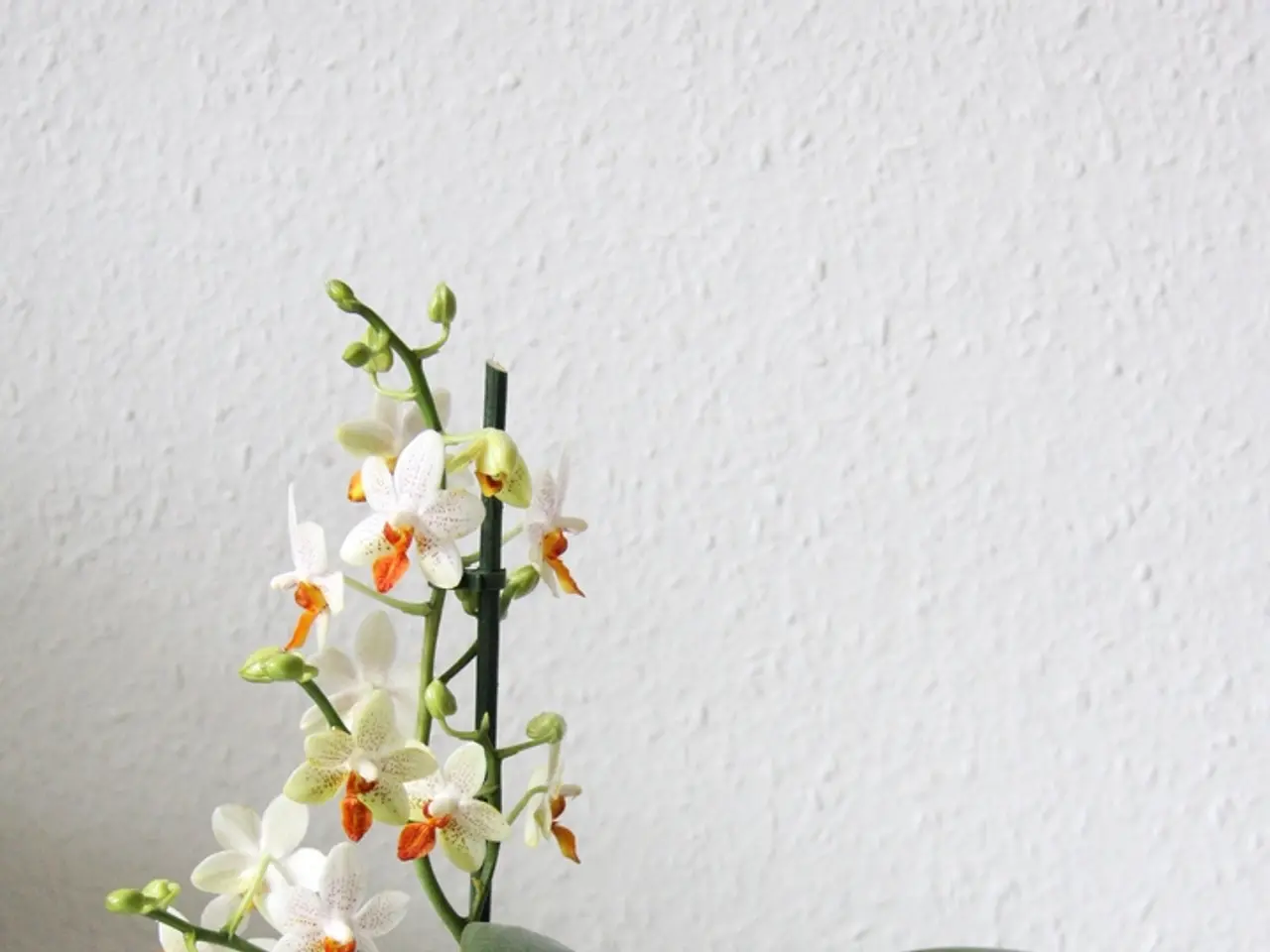Growing Your Fascinating Indoor Carnivore: A Pitcher Plant Guide
Cultivating a Pitcher Plant Indoors: Comprehensive Guide to Its Maintenance
Ever thought about adding a carnivorous plant to your living space? Pitcher plants, with their unique, pitcher-shaped structure, are your go-to choice. These plants are known for their ability to trap insects. Found in various regions worldwide, we'll walk you through the step-by-step on how to care for a pitcher plant indoors.
Can Pitcher Plants Live Indoors?
Absolutely! However, there are various species native to different climates, so knowing your specific species and its needs is crucial. Some are tropical, while others are from milder environments.
Best Indoor-Friendly Pitcher Plant Varieties
Native North American pitcher plants are generally easier to maintain indoors compared to the tropical varieties. Indonesia and Malaysia are home to many tropical pitcher plant species that are vines. Fifteen species of pitcher plants can be found in North America and make for excellent indoor plants.
Pitcher Plant Care at Home
Adapting your pitcher plant care to its species is key. Their requirements vary depending on the species and their natural habitats. Here's a checklist for North American species:
- Light - Varying light requirements exist, so make sure to check your specific plant's requirements. Generally, aim for a sunny spot with plenty of bright light. Adjust light exposure during winter.
- Water - These plants need plenty of moisture. Avoid letting the potting mix dry out altogether. Place the pot in about an inch (2.5 cm) of water to maintain moisture levels. Use distilled water or rainwater.
- Temperature & Humidity - North American pitcher plants are adapted to temperate climates and can grow in USDA hardiness zones 7-8. Keep indoor temperatures above 60°F (15.5°C). Some species require cooler temperatures during winter. High humidity is essential; a water tray can help improve humidity around the plant.
- Soil - Your plant needs a soil mix that doesn't contain too many nutrients and drains well. Soilless mixes work well. A good recipe includes half sphagnum moss and half perlite or builder's sand.
- Fertilizer - Pitcher plants have low nutrient requirements. If they catch enough insects, they don't need fertilizer. A diluted, high-nitrogen fertilizer can be added to the pitchers to encourage more pitchers to form.
Common Issues, Pests, and Diseases
Pests shouldn't be a problem with indoor pitcher plants. Be cautious when bringing an outdoor plant inside, checking it carefully for pests like thrips and mites.
Rot is the most common issue with indoor pitcher plants. Balancing moisture is crucial to prevent fungal diseases and rot.
Pruning and Maintenance
Pruning is minimal for indoor pitcher plants: Remove any brown, dead, or rotting parts as needed.
Propagation, Repotting, and Overwintering
Pitcher plants can be propagated via stem cuttings or division. Stem cuttings should be kept in a moist potting mix with high humidity and indirect light until roots form. For division, look for a natural spot to separate a plant into two using a clean, sharp knife.
Repotting should occur when roots become visible through the drainage holes. Pick a new container that's slightly larger, and repot in early spring before new growth starts.
Bring outdoor pitcher plants inside for winter. Many species go dormant and need less water, feeding, and sunlight. Position a potted pitcher in a cool spot with a few hours of good light for winter.
Frequently Asked Questions
- What do you feed an indoor pitcher plant? - Insects, every 2-3 months, will benefit an indoor pitcher plant. Dead crickets are widely available at pet supply stores.
- Can you use tap water for pitcher plants? - Ideally, avoid tap water unless it has been filtered with reverse osmosis. The high mineral content in most tap water can harm pitcher plants.
In the pursuit of expanding your home-and-garden collection, consider adding North American pitcher plants to your lifestyle. These indoor-friendly varieties, like Sarracenia species, are easy to care for and can thrive in your home with the right conditions.







